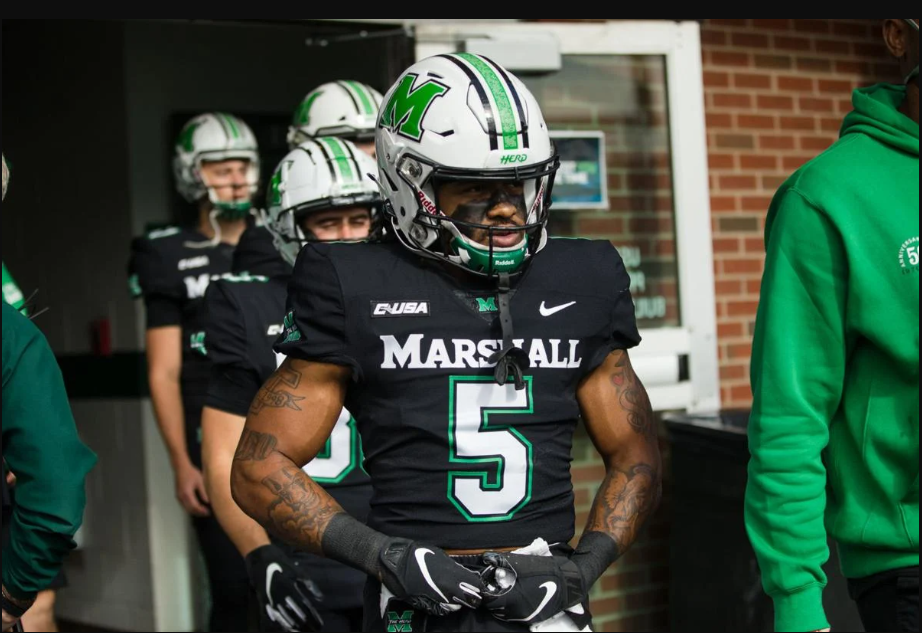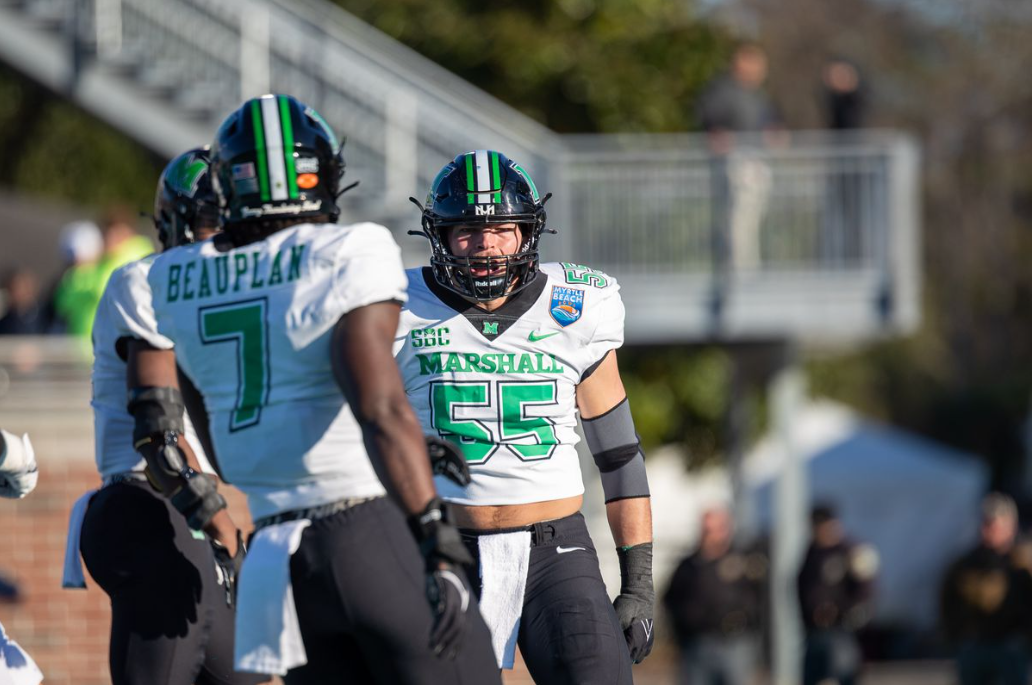
Virginia Tech Hokies vs Marshall Thundering Herd: The Good, Bad, and Ugly

The Virginia Tech Hokies secured a win over the Marshall Thundering Herd, which is always a positive outcome, but there are significant aspects of the game that merit deeper scrutiny. The second half of the game saw the Hokies dominate, which is encouraging, but it also exposed some persistent issues that need addressing before their next matchup against Old Dominion University.
To start, let’s review the general context of the game. The Hokies entered the field at Worsham Field with a commendable level of determination. The pregame warmups were notably more organized compared to the chaotic scenes witnessed in previous seasons. The field, initially crowded, was cleared to ensure that players could prepare effectively. While the atmosphere was charged and the players appeared relaxed, there was an undercurrent of passivity that seemed to influence the early stages of the game. This initial subdued approach manifested in the early play-calling and overall game plan, which we’ll explore in detail.
Blacksburg’s game day conditions were nearly ideal, with a 4:30 kickoff providing a unique lighting challenge that wouldn’t typically present itself until a 3:00 start. The clear skies and light breeze offered a refreshing contrast as summer transitioned into fall, setting the stage for a visually appealing game.
Now, let’s delve into the positives from the game, starting with the defensive performance. In contrast to the defensive struggles seen against Vanderbilt, where the line struggled with rush discipline and the linebackers failed to execute their run fits, the Hokies’ defense showed marked improvement. Mansoor Delane, who had a tough game previously, bounced back spectacularly. Against Marshall, Delane was a standout, breaking up two passes, intercepting one, and covering his assignments diligently. His only significant lapse was an incredible one-handed catch by a Marshall receiver, which, fortunately, did not lead to a consequential gain.
The secondary as a whole was formidable. The Hokies’ defense managed 12 pass breakups, with Keli Lawson leading the charge with three. Marshall’s quarterback, Stone Earle, struggled throughout the game, largely due to the constant pressure and effective coverage provided by the Tech secondary.
The defensive line also played a crucial role, keeping Earle unsettled and forcing him into making hurried decisions. While there were some concerns about the run defense, Marshall’s total rushing yardage was somewhat misleading. Despite gaining 167 yards, they lost 20 yards due to tackles for loss. Running back AJ Turner did accumulate over 100 yards, but most of that came from a single 69-yard burst. Without that run, his average would have been significantly lower. The Hokies’ ability to stifle Marshall’s other running back, Jordan Houston, who managed only 17 yards on 8 attempts, demonstrated their strength against the run.
On the offensive side, the running game showed promise with the effective duo of Bhayshul Tuten and Malachi Thomas. Both averaged over 5.5 yards per carry, contributing significantly to the offense’s success. PJ Prioleau also added value with 23 yards on 5 carries. However, the run game did not heavily involve quarterback Kyron Drones, who was not a major factor in this aspect of the offense.
Special teams also made notable contributions. John Love was successful with a 42-yard field goal attempt, and Kyle Lowe’s kickoff performance was impressive. Out of his 6 kickoffs, 5 were touchbacks, and the single return was contained effectively, giving Marshall poor field position.
The receiving corps played a pivotal role as well. Jaylin Lane, Stephen Gosnell, and tight end Benji Gosnell combined for substantial yardage and were instrumental in opening up the run game. Lane’s highlight moment came with a punt return for a touchdown, which was Tech’s sole offensive score in the first half, aside from Love’s field goal.
Despite these positives, there were several areas of concern that need addressing. The punt block in the second quarter was a significant blunder. Peter Moore, while having a decent overall performance with several punts inside the 20-yard line, had one punt blocked due to issues with the protection unit. This lapse allowed Marshall an easy touchdown and highlighted a need for improvement in punt protection.
Additionally, penalties were a persistent issue. The Hokies were penalized 8 times for 58 yards, which disrupted their rhythm and negated some positive plays. A notable instance was a flag on Da’Quan Felton for an illegal blindside block that nullified a touchdown. From my perspective, this penalty seemed questionable given the context of the play. Nevertheless, the frequency of penalties remains a concern and needs to be addressed to avoid further setbacks.
The most glaring issue, however, was the offensive performance in the first half. The Hokies’ offense was lackluster, with play calling that lacked creativity and balance. The offensive coordinator’s game plan appeared to be a repetition of mistakes from previous seasons and games. The strategy seemed overly conservative, with numerous short, ineffective passes that did little to advance the ball. This approach allowed Marshall’s defense to focus on stopping the run and pressuring the quarterback on third down situations.
The offense struggled with fundamental balance. The current play-calling and offensive strategy fail to utilize the full potential of the receiver corps and tight ends. Despite having a tall receiver and capable tight ends, the Hokies’ red zone offense lacked the ingenuity to convert opportunities into touchdowns. There were missed chances to exploit mismatches and use more dynamic plays to score.
The lack of creativity in play design and execution is a significant concern. The offense needs to incorporate more diverse route patterns and utilize the tight ends and slot receivers more effectively. The current strategy does not seem to offer the flexibility required to adapt to different defensive schemes. Implementing a more sophisticated approach, including hot reads and pre-snap adjustments, could enhance the offensive performance.
However, while the Hokies secured a victory against Marshall, the game highlighted several areas that require improvement. The defense showed notable progress, particularly with the secondary and defensive line playing well. The running game and special teams also contributed positively. However, the first-half offensive struggles, combined with issues in punt protection and penalties, point to ongoing challenges. As the Hokies prepare for their next game against Old Dominion University, addressing these weaknesses will be crucial for achieving better results and avoiding similar pitfalls in the future.

Leave a Reply